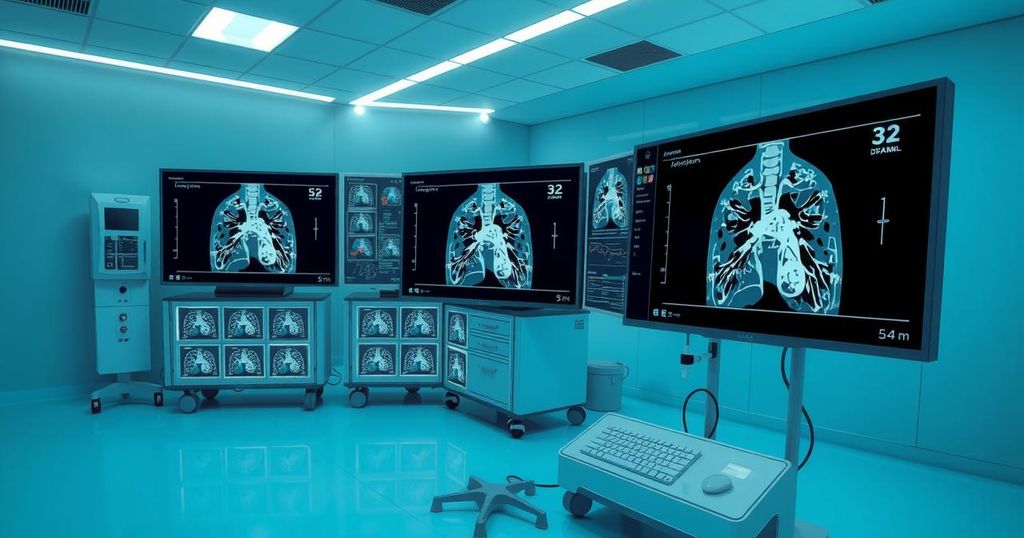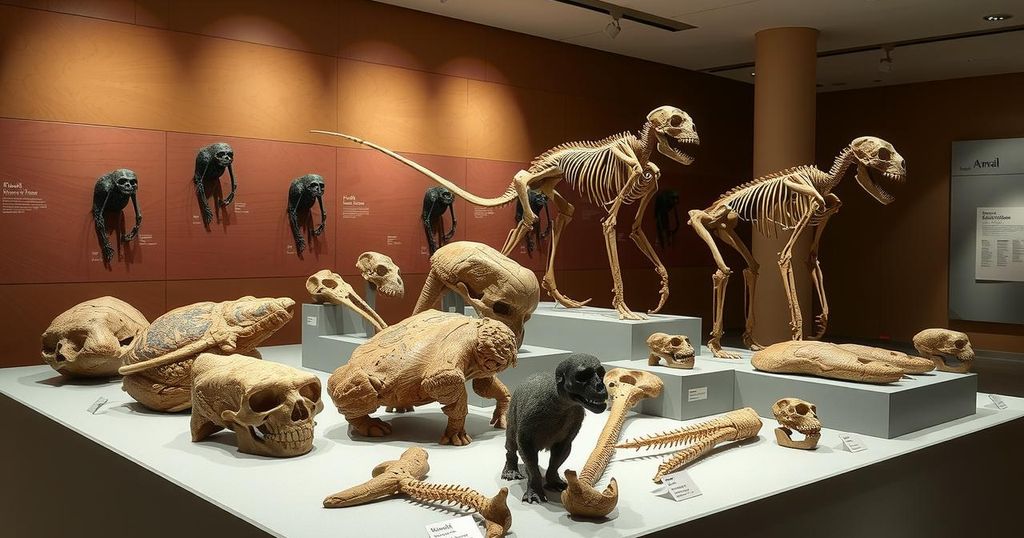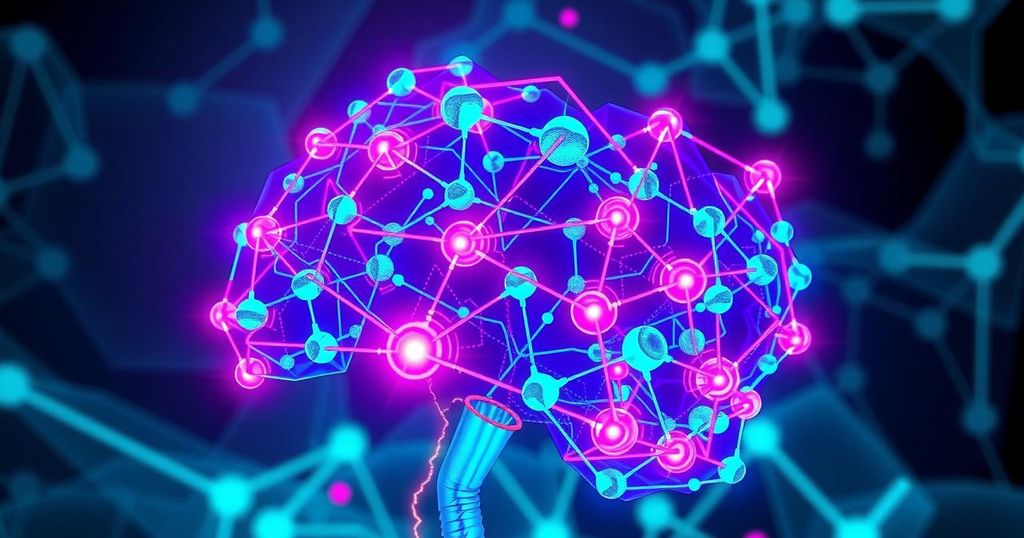University Hospitals Studies Artificial Intelligence to Improve Lung Cancer Detection
- University Hospitals are studying A.I. to enhance lung cancer detection.
- Lung cancer causes more deaths than breast, colon, and prostate cancers combined.
- Most lung cancer cases are diagnosed at late stages, making treatment difficult.
- Dr. Shah believes A.I. can help find lung cancer earlier, like finding a needle in a haystack.
- Qure.ai has analyzed massive datasets to improve diagnosis of lung cancer nodes.
- Doctors hope to shift detection stages to improve survival rates significantly.
University Hospitals Launch Study to Find Lung Cancer Early
University Hospitals in Cleveland are delving into the potential of artificial intelligence (A.I.) to enhance early detection and improve lung cancer outcomes. Lung cancer, a formidable adversary, results in more deaths in the United States than breast, colon, and prostate cancers combined. Unfortunately, most cases aren’t diagnosed until it’s too late—often at stage three or four—leading to a dire outlook for patients. Dr. Samir Shah, the Chief Medical Officer at Qure.ai, expressed the urgency of the situation: “We needed a way to find lung cancer early. It’s like finding a needle in a haystack. And that’s where A.I. comes in.” Their study aims to assess just how effective A.I. can be in identifying lung cancer nodules at earlier stages.
A.I. as a Diagnostic Game-Changer for Early Detection
As Dr. Amit Gupta, a radiologist at University Hospitals, pointed out, early-stage lung cancer nodules can be almost invisible to the human eye. Typically, lung cancer goes undetected until alarming symptoms arise, such as coughing or chest pains. However, by that time, patients are often at stage three or four, where survival rates plummet. He notes, “When they are having cough, chest pain, or blood coming out of the sputum, unfortunately, that stage is stage three or four, and at that time the survival rate is, whatever you do, in single digits.” Dr. Gupta and his team are now actively utilizing A.I. to uncover these hidden nodules faster than traditional methods would allow.
Harnessing A.I. to Revolutionize Lung Cancer Prognosis
The Qure.ai technology works as a supplemental set of eyes for radiologists. Dr. Shah explained that the algorithm they’ve developed was trained on vast amounts of data, particularly focusing on tuberculosis x-rays collected over a nine-year period. “Those x-rays could be used not only to look at TB but we started looking at lung nodules as well, analyzing 5 million of those. That’s more than I would ever read and maybe 10-fold more than I would ever read in my entire lifetime,” he said. This extensive data set allows the system to distinguish between what constitutes a nodule and what doesn’t. Dr. Shah holds high hopes that, should this approach pay off, it could shift the stage of lung cancer detection to the first two stages, thereby raising survival rates significantly to a hopeful 60-70%.
In summary, University Hospitals is making significant strides in the fight against lung cancer by investigating the capabilities of A.I. to find this deadly disease much earlier than currently possible. The collaboration with Qure.ai aims to improve diagnostic accuracy and ultimately enhance patient survival rates. With ongoing studies expected to collect data for another nine to ten months, hopes are high that this technology could reshape the future of lung cancer treatment and prevention.




Post Comment